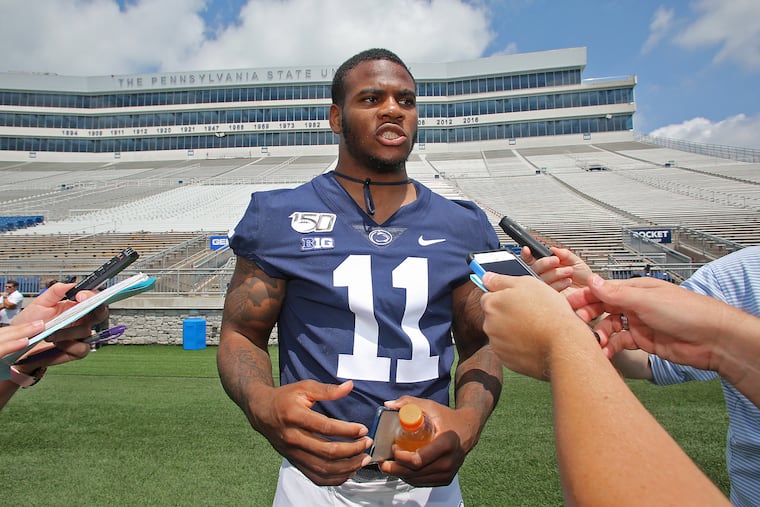NFL teams, agents and prospects limp toward the finish line of a disrupted draft process
Some of the players didn’t play, scouts couldn’t thoroughly scout, but the evaluators must evaluate, nonetheless

Some of the players didn’t play, scouts couldn’t thoroughly scout, but the evaluators must evaluate, nonetheless
